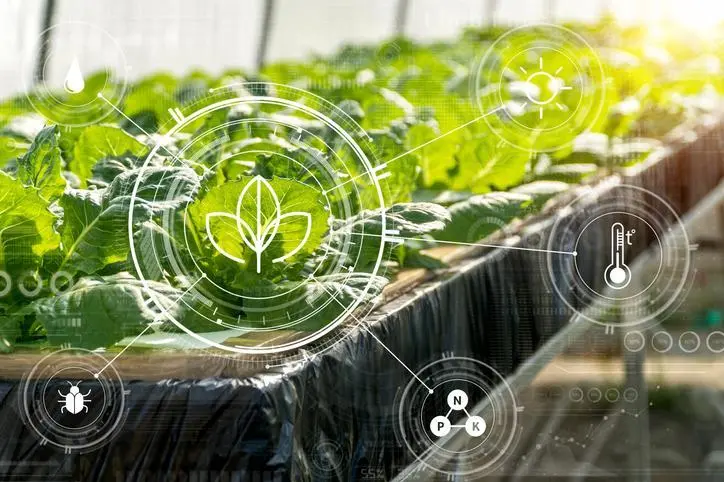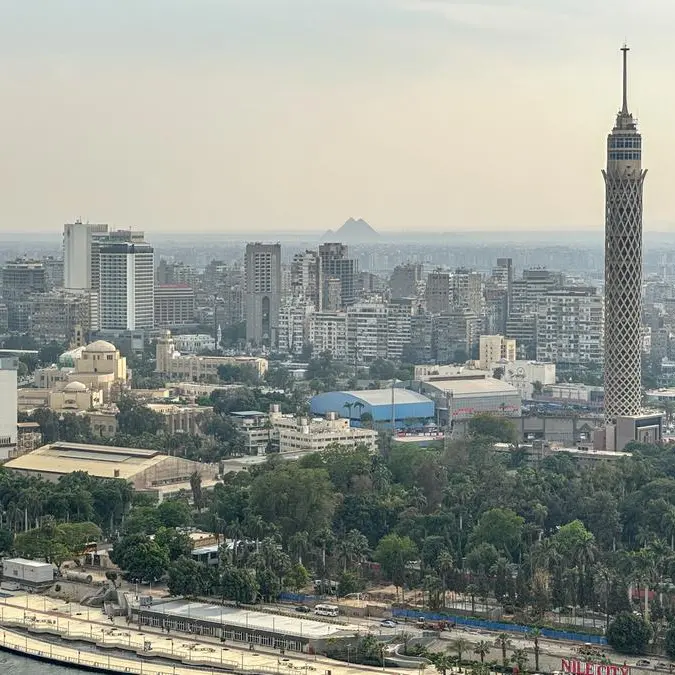PHOTO
The value of the Philippine agricultural and fisheries sector bounced back in the first quarter of the year following the positive performance of all subsectors, according to the Philippine Statistics Authority (PSA).
The latest PSA reading showed agriculture and fisheries production grew 2.1 percent to P426.69 billion in the first quarter.
This is a reversal from the 0.3 percent contraction in the first quarter and the one percent decline in the fourth quarter of last year.
At current prices, the value of production in agriculture and fisheries amounted to P569.94 billion, showing a 14.1 percent growth year-on-year.
In a text message, Federation of Free Farmers (FFF) national manager Raul Montemayor said the performance of the agriculture sector benefited from low base effects.
'We were coming from a very low base, because in the first quarter of 2022, output declined by 0.3 percent compared to the first quarter of 2021. So, compared to the low output in the first quarter of 2022, it appears that there was a significant growth in the first quarter of 2023,' he said.
The PSA noted annual increases in the value of production of all subsectors, namely crops, livestock, poultry and fisheries.
In particular, the agricultural output was due to the 'bounce-back for rice production, as well as a gain for livestock with the sector recovering from the fallout from African swine fever (ASF),' ING Bank senior economist Nicholas Mapa said in a text message.
Crops, which accounted for 57.8 percent of the total, rose 1.7 percent to P247.77 billion.
Palay led the subsector with a 5.2 percent rise followed by corn, which increased by 3.2 percent.
Samahang Industriya ng Agrikultura (SINAG) executive director Jayson Cainglet said farmers were encouraged to farm compared to the previous cropping due to better farmgate prices and cash subsidies from the government.
With the recovery of the rice sector, Philippine Chamber of Agriculture and Food Inc. (PCAFI) president Danilo Fausto said this would mean better rice stocks for the country this year.
'For rice performance, I would estimate that following the output trend for second quarter 2021 and 2022, we will have rice stocks good to last for more than 120 days or four months,' Fausto said in a Viber message.
'First and second quarter rice production will be good enough to last us until the next harvest during the wet season, which is around August and September,' he said.
The PSA data showed livestock production also grew 4.1 percent year-on-year to P61.66 billion, accounting for 14.4 percent of the total.
'Poultry and livestock grew, but these sectors were coming from low output levels due to ASF and other animal disease outbreaks,' Montemayor said.
Hog production recorded a 5.1 percent improvement during the quarter, a reversal of the 1.2 percent contraction in the same period last year.
Meanwhile, the value of poultry output rose 3.2 percent to P64.95 billion, cornering 15.1 percent of the total value.
The PSA said all poultry commodities, except duck, recorded annual growths in their value of production.
Fisheries production inched up by 0.3 percent to P54.32 billion, or 12.7 percent of the total.
This is the first time the subsector posted positive growth after four quarters of contraction.
The PSA said double-digit expansions were recorded for squid at 18.2 percent, tilapia at 10.8 percent, and blue crab at 10.5 percent. Milkfish saw a 6.6 percent rise in value during the period.
For the rest of the year, the performance of the agriculture sector will be dependent on the impact of the El Niño phenomenon and of continued spread of animal diseases.
'Agriculture output may be constrained in the coming months ahead of the official onset of El Niño while we also note potential flare ups for ASF in select parts of the country,' Mapa said.
Including the effect of natural calamities, the Philippines may still resort to importation to fill the needs of the country.
'However, much that we hate, importation will still have to be resorted to for any shortage which may be caused by the upcoming El Niño and calamities. But if we keep on praying, we might just have good positive results for agriculture production overall compared to the previous years,' Fausto said.
For his part, Montemayor said heavily relying on imports would continue to discourage local producers.
Copyright © 2022 PhilSTAR Daily, Inc Provided by SyndiGate Media Inc. (Syndigate.info).





















